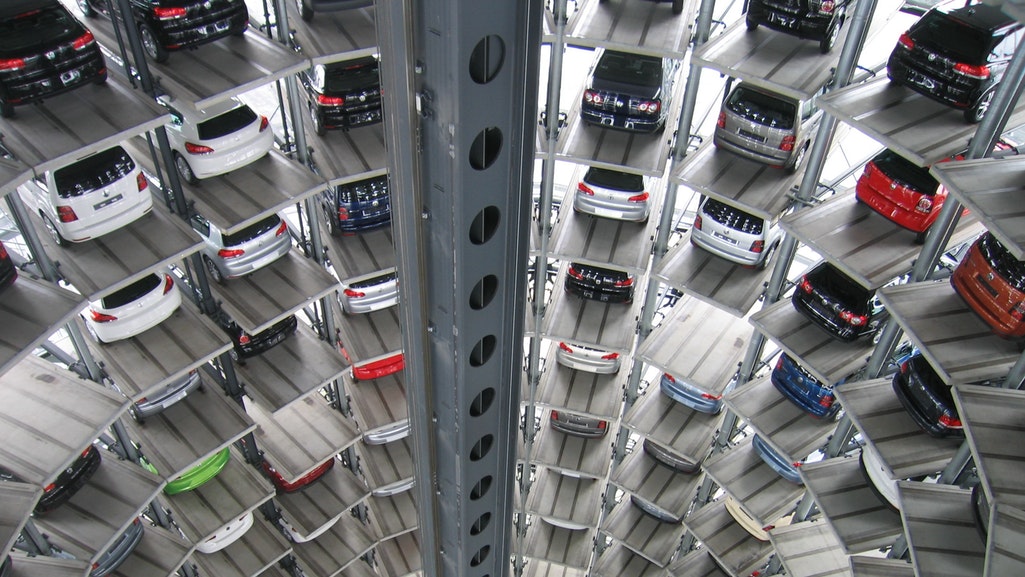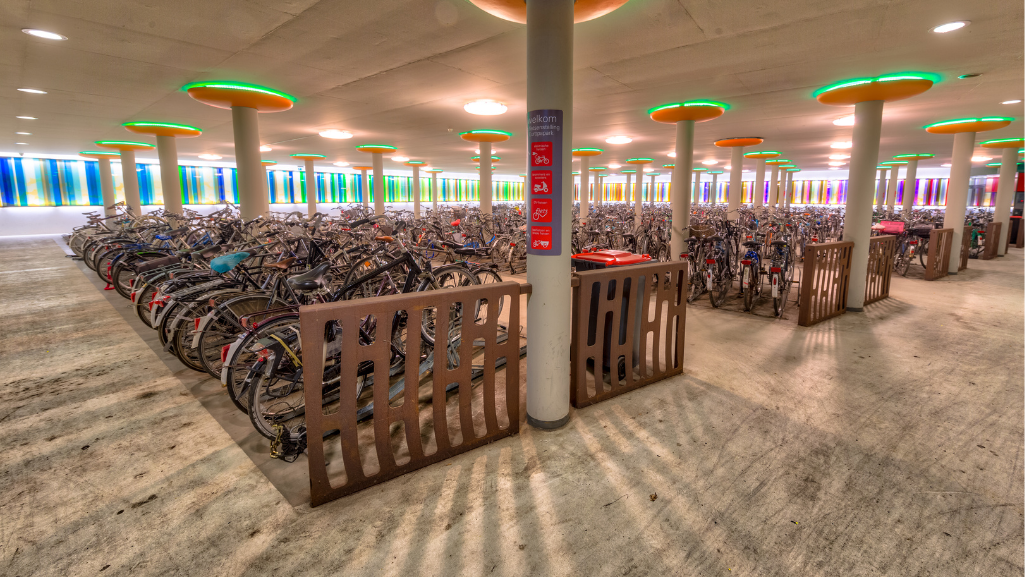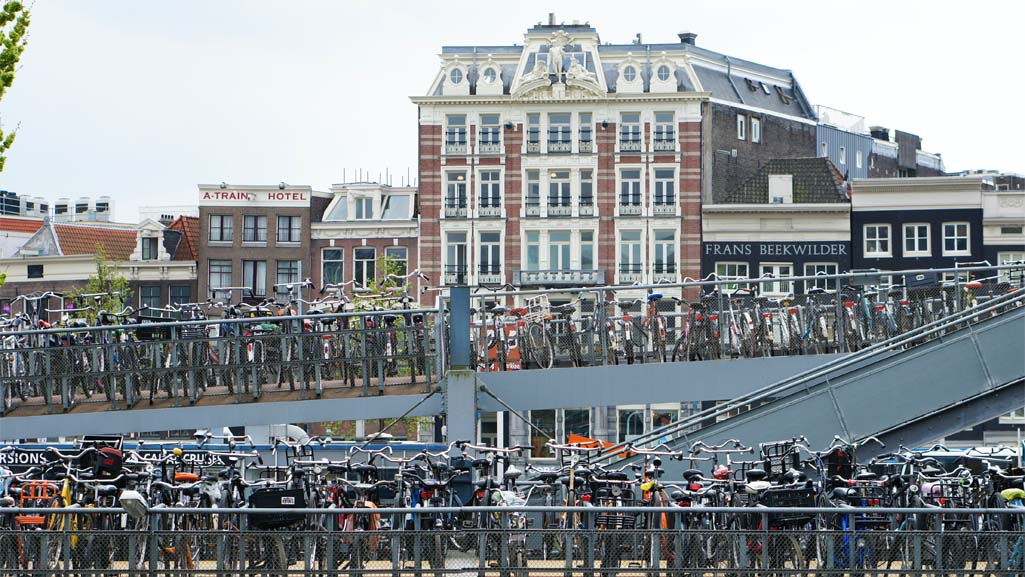Parking areas, or car parks, are a common sight in urban areas. But with rapid changes in mobility, what will be the future of parking and parking spaces?
Today, cars have gone from being a status symbol to being perceived as a necessity despite the pollution and traffic jams they cause. Therefore, one might easily conclude that cars – and parking areas for them – are here to stay. It might not be necessarily so.
Changes to the way we use cars, such car-sharing schemes and electric and autonomous driving, are bound to affect parking. So, more and more cities are debating the future of parking and parking spaces and studying new ways to use them.
It is almost universally agreed that single-use and underused parking areas must be changed. For example, drivers of electric cars may use those car parks to charge their vehicles, while continuing the journey with rental bikes provided on spot.
Local authorities, which are keen to become more sustainable, are looking to adopt solutions that will make former parking spaces both accessible and eco-friendly. One such solution would be for commuters to switch between trains, bicycles, and self-service cars from a car park.
Ideas for future of parking spaces
Plenty of ideas emerge on how to convert unattractive car parks into living spaces, that will blend into the urban fabric:
- Shared parking
- Storage and logistics areas, including for fresh produce
- Community gardens
- Data storage centres
- Electric recharging stations
- Playgrounds
- Cultural venues
How to convert car parks
Transforming plans for the future of parking spaces into reality – and multi-purpose use – requires many technological resources. Planners need to model, simulate, and analyse the plans before implementing them.
To aid authorities as they plan the future of parking spaces, some software solutions are already available. Particularly, modelling software can be helpful. It simulates interactions between proposed private and public uses of parking areas and assesses their relevance and sustainability.
The key is to simulate the conditions in a virtual environment, based on real-world data. Planners can then then check and compare their assumptions and visualize these.
This is a safe way to reduce risk factors and move forward, based on knowledge of the possible outcomes. Simulating the future of a parking space can reveal unexpected risks before committing big budgets to implement a plan.
PTV Group has the latest software to explore different options for the future of parking spaces. Its simulations consider the interaction of vehicles and parking structures with public transport and the general traffic. The simulation software also models complex parking situations and associated vehicle behaviour. Planners can then test different scenarios and analyse traffic flows and behaviour.
Testing the future of parking spaces
Advanced simulations software, like those offered by PTV Group, can also help to optimise new parking spaces. Take for example British consultancy PJA, who used PTV software Vissim to test proposed layouts, including a multi-story car park, around London’s Wembley Stadium.
According to Jochen Lohmiller, product manager at PTV Group, “Dealing with parking spaces in smart, liveable cities is a real challenge. It can be addressed adequately thanks to analytical basis. Local authorities shouldn’t take decisions without previous data analysis. In fact, modelling and simulation tools can precisely secure and support their decisions.”
PTV experts recommend considering the following aspects when planning the future of parking spaces:
- Anticipate the interaction between vehicles and pedestrians
- Check the impact on road and vehicle flows
- Evaluate parking time and possible queues
All this to ensure that the road network and traffic are not negatively affected by the new developments.
Faced with an increasingly multimodal and intermodal mobility, cities can rely on technology to test different options and re-think the future of parking spaces. Thanks to simulation and modelling software, they can consider and evaluate different scenarios before moving on to the next step.



